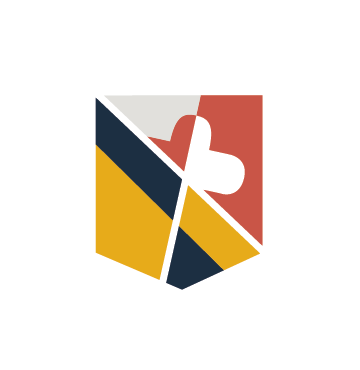To shed light on how institutions of higher education can make sustainable improvements in who can learn what they learn by the time they graduate, we have studied a series of initiatives by the University System of Maryland (USM) to improve the effectiveness and efficiency of selected courses. These redesigns incorporated a variety of learning-centered practices, that is, teaching practices that were chosen and applied using evidence of student learning.
USM’s course redesign program was successful in achieving its immediate goals: test scores often improved, DFW rates dropped, and millions of dollars of faculty resources were freed for other uses. But many institutional conditions combined to make it difficult to create such courses and to attract typical faculty to develop and teach them. These barriers are serious enough to cast doubt on whether a “one course at a time” change strategy can succeed long enough and spread widely enough to improve graduation outcomes for that institution.
Our research questions:
- Were the redesign efforts successful enough to persuade faculty and their institutions to continue and expand this kind of academic transformation once System support had ended?
- Did certain cultural and organizational factors make it difficult to sustain and expand course redesign?
- If that was the case, then how should universities foster sustainable, scalable improvements in teaching?
Download the report to read about what we found.







